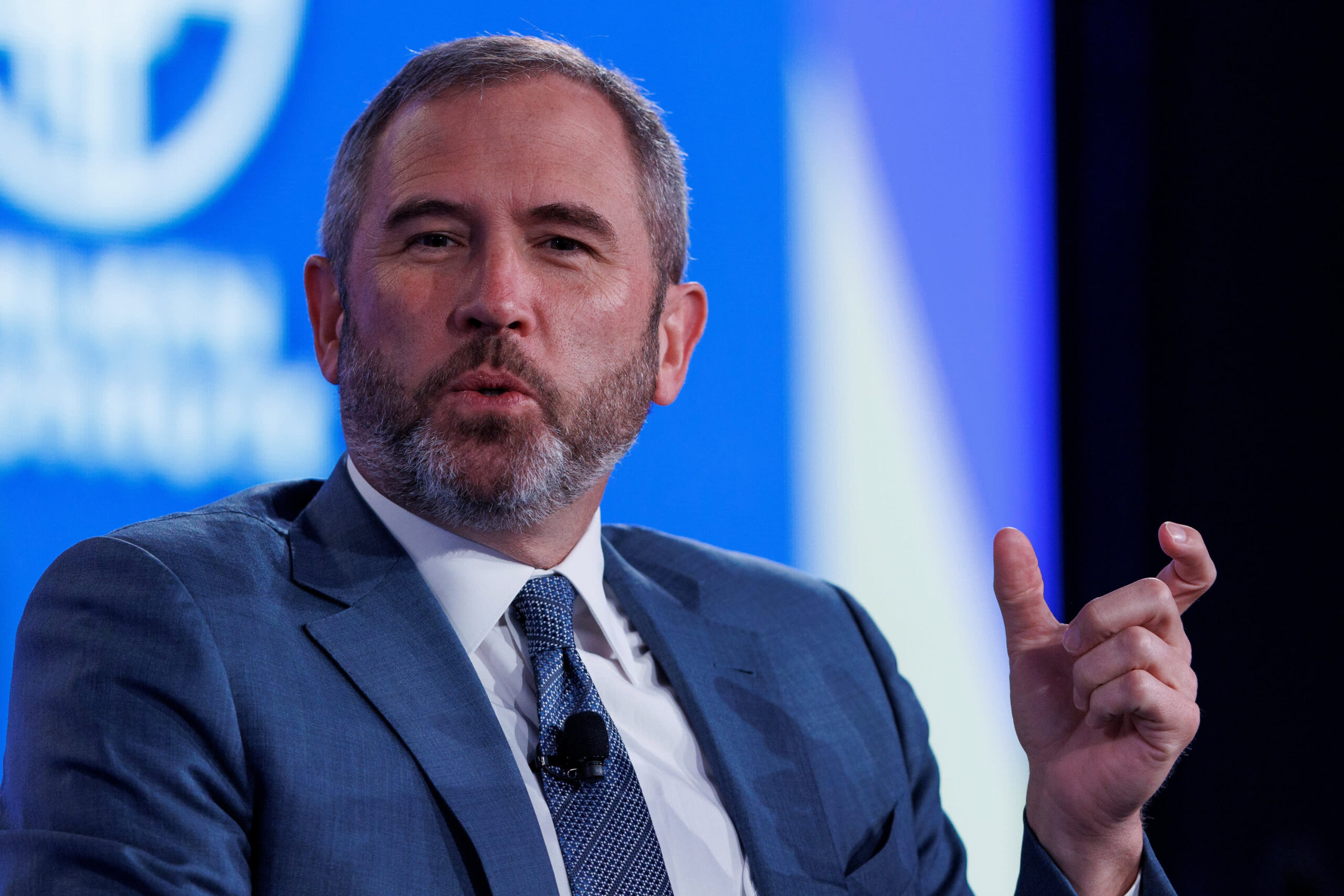In a significant leap forward for quantum computing, Microsoft and Atom Computing have jointly announced a groundbreaking achievement in quantum error correction. Their collaboration has resulted in a quantum machine boasting 24 logical qubits, the highest number of entangled logical qubits achieved to date. Even more impressively, they have demonstrated the ability to detect, correct errors, and perform computations on 28 logical qubits. This breakthrough brings us closer to the reality of fault-tolerant quantum computers, machines with the potential to revolutionize fields like medicine, materials science, and artificial intelligence.
Why is this such a big deal?
Well, imagine trying to solve a complex puzzle while pieces keep randomly changing shape or color. That’s essentially the challenge with current quantum computers. Qubits, the building blocks of quantum computers, are incredibly fragile and prone to errors. These errors, if left unchecked, can derail computations and render results useless. This is where quantum error correction comes in. By encoding information across multiple physical qubits to form a “logical qubit,” we can detect and correct errors, making computations far more reliable.
What sets this collaboration apart is not just the record-breaking number of logical qubits, but also the underlying technology. Atom Computing specializes in neutral-atom qubits, which offer advantages in terms of scalability and stability. These qubits are essentially individual atoms trapped in place by lasers and manipulated with precise pulses to perform quantum operations. Microsoft, a leader in quantum software and algorithms, brings its expertise to optimize these operations and implement error correction codes.
This partnership leverages the strengths of both companies. Atom Computing’s hardware provides the foundation for large-scale quantum computation, while Microsoft’s software expertise ensures these computations are accurate and efficient. The integration with Azure Quantum means researchers and developers can access this cutting-edge technology through the cloud, accelerating the pace of discovery and innovation.
Delving Deeper: The Significance of Logical Qubits and Error Correction
To truly grasp the magnitude of this achievement, it’s crucial to understand the concepts of logical qubits and quantum error correction.
- Physical Qubits vs. Logical Qubits: Think of physical qubits as the raw materials, inherently noisy and susceptible to errors. Logical qubits, on the other hand, are like refined, more stable building blocks created by combining multiple physical qubits. This redundancy allows for the detection and correction of errors that inevitably occur in individual physical qubits.
- The Challenge of Quantum Error Correction: Quantum error correction is a complex process. It involves encoding quantum information in a way that protects it from noise while still allowing for computation. This requires sophisticated algorithms and careful control over the qubits.
- The Path to Fault Tolerance: The ultimate goal is to create fault-tolerant quantum computers, where errors are corrected faster than they occur. This will enable long and complex computations necessary for solving real-world problems. The demonstration of error correction on 28 logical qubits is a significant step towards this goal.
Atom Computing’s Neutral Atom Technology
Atom Computing’s approach to quantum computing utilizes neutral atoms, which offer unique advantages:
- Scalability: Neutral atoms can be trapped and manipulated in large arrays, potentially leading to highly scalable quantum computers.
- Long Coherence Times: Neutral atoms maintain their quantum states for relatively long periods, allowing for more complex computations.
- High Connectivity: Atom Computing’s architecture enables all-to-all connectivity, meaning any qubit can directly interact with any other qubit. This flexibility is crucial for efficient quantum algorithms.
Microsoft’s Role: Software and Integration
Microsoft’s contributions are equally vital to this success:
- Azure Quantum Platform: Integrating Atom Computing’s hardware into Azure Quantum provides researchers and developers with cloud-based access to this powerful technology.
- Software and Algorithms: Microsoft’s expertise in quantum software and algorithms is essential for optimizing qubit control, implementing error correction codes, and developing applications for this new platform.
- Qubit Virtualization: Microsoft’s qubit virtualization technology allows developers to write code without needing to know the specifics of the underlying hardware. This abstraction simplifies development and makes the platform more accessible.
The Future of Quantum Computing
This collaboration between Microsoft and Atom Computing marks a significant milestone in the pursuit of fault-tolerant quantum computers. While challenges remain, this achievement provides a glimpse into the future where quantum computers can tackle problems beyond the reach of classical computers.
Imagine the possibilities:
- Drug Discovery: Simulating molecular interactions to design new drugs and therapies.
- Materials Science: Developing novel materials with enhanced properties for applications in energy, electronics, and more.
- Financial Modeling: Creating more accurate and sophisticated financial models to manage risk and optimize investments.
- Machine Learning: Developing new quantum algorithms to accelerate machine learning and artificial intelligence.
The road to practical quantum computing is still under construction, but with continued advancements like this one, the future looks brighter than ever.









